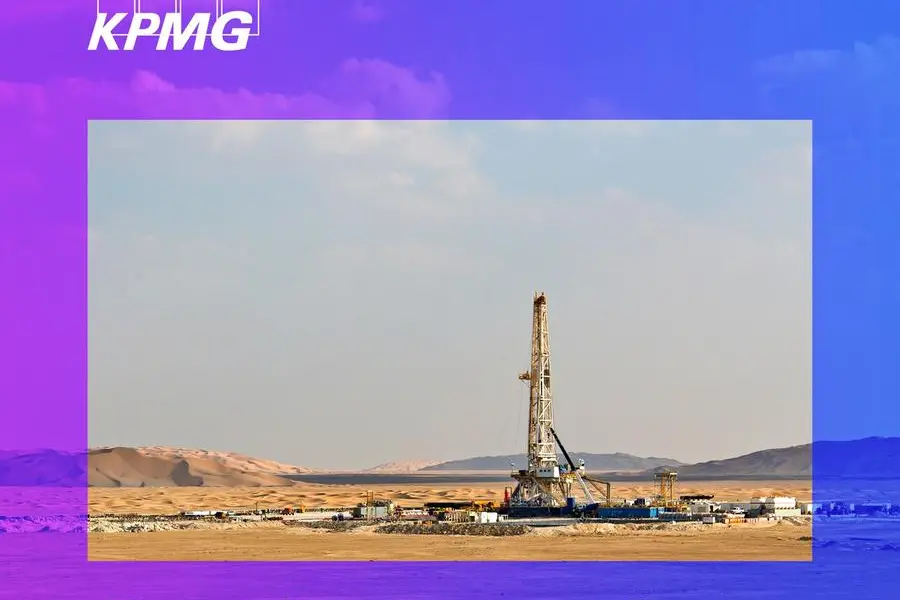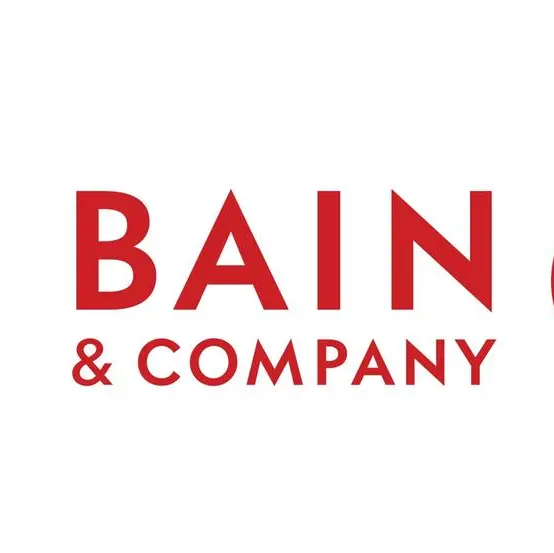PHOTO
Nearly 20% of the world’s oil and liquefied natural gas traverses the Strait of Hormuz every year. Image Courtesy: KPMG
Kuwait: On 5 September 2024, Kuwait and seven other OPEC+ countries agreed to extend their additional voluntary production cuts of 2.2 million barrels per day until November-end 2024. This measure demonstrated Kuwait’s continued compliance to OPEC+ production adjustments and marked how crucial such a step is in maintaining the oil market’s stability and balance. Although recent amendments to the New Kuwait Vision 2035 and calculated oilfield expansions present a hopeful outlook of Kuwait’s oil and gas sector, there are certain scenarios which, if materialized, could influence this equilibrium.
In its study, Anatomy of an oil shock, KPMG Economics assumes a 3-month-long model oil shock, starting Q2’24, and identifies the biggest potential drivers that could lead to a spike in oil prices and what its impact might be on all levels:
- Disruption to the Strait of Hormuz. Nearly 20% of the world’s oil and liquefied natural gas traverses the Strait of Hormuz every year. Stretched ~34km (21 miles) wide at its slimmest point, the global energy corridor cannot afford to have any disruptions without drastically impacting oil prices. According to KPMG’s sources in the oil sector, oil prices could go up from mid-$80 per barrel to anywhere between $130 to $150 given such an event occurs. Such a disruption in the Strait of Hormuz would require a steep rise in tensions in the Middle East which the US alone cannot offset even with its experience redressing some countries’ oil dependence impacted by the geopolitical concerns in Europe and rapid increase in oil production.
- OPEC+ production cuts. Although the Organization of Petroleum Exporting Countries’ (OPEC+) set to motion an agreement to slash oil production by 2–3% of the global demand in 2022, it is being met with incomplete adherence. What’s notable is, Saudi Arabia, the de facto leader of the bloc and the world’s swing producer, welcomes lofty oil prices, the gaps in compliance are preventing production cuts from creating the intended impact, i.e., drastically boosting oil prices. Instead, they are essentially keeping the oil prices afloat.
- Hurdles to the adoption of more renewable and more sustainable energy sources. The dearth of adequate measures to drive the adoption of renewable and eco-friendly energy sources is at the helm of its slow global adoption. The silver lining in all of this is that it is encouraging some startups to identify better ways to store renewable energy and one tech giant to build its own nuclear plant. While this is proof that the tech sector is striving to come up with more measures to secure its own energy sources, there exists a more arduous undertaking when it comes to factoring in the need for energy associated with the momentum behind gen AI adoption. This is backed by the consideration that the energy required to store and curate data, as well as that required to run LLMs (large language models), is significant. An important factor to note here is that even though governments are trying their best to motivate renewable energy use, the rise in interest rates to tackle the post-pandemic inflation and domestic labor and content rules to make the most of subsidies, particularly in the US, are keeping said initiatives from scaling up.
Based on the above, the hypothesis is that any rise in oil prices will be short-lived, considering that a measure of such degree could receive global backlash. An outcome of this might be non-Middle-Eastern oil producers increasing production to overcome the rise in oil prices. US shale producers, on the other hand, could boost production marginally. This is assuming capital discipline and the notion of ‘investing too much’ will soften capital gains due to the shift to renewable energy sources. All indicators point that oil-producing countries in the Middle East stand to gain from any potential surge in oil prices, assuming the above scenarios will materialize. But, before that, they will need to address any hiccups that may come along the way especially in terms of moving oil.
Conversely, it is likely that, if the hypothesized oil shock occurs, the winners in that scenario will largely be oil producers outside the Middle-Eastern region.
To read the complete report, visit kpmg.com/kw.




















